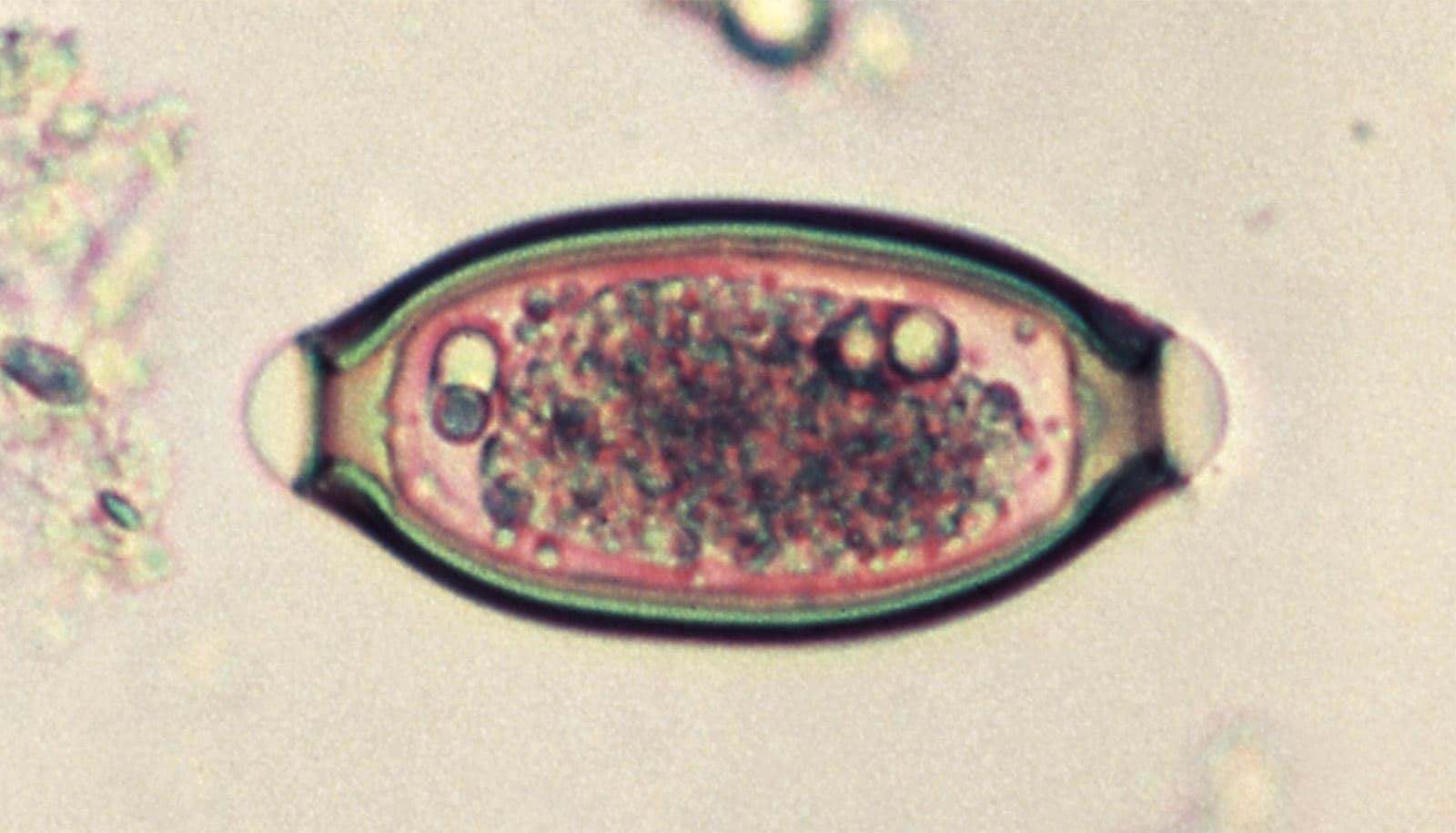Scientists have conducted an in-depth genetic analysis of whipworm eggs from 2,500-year-old Viking feces.
The study, which appears in Nature Communications, presents new knowledge about the parasite’s development and prehistoric dispersal. This knowledge could be useful in preventing the parasite’s drug resistance and future spread.
The study suggests that humans and the parasite (Trichuris trichiura) have developed a delicate interaction over thousands of years, whereby the parasite tries to stay “under the radar” not to be repelled, which gives it more time to infect new people. Other studies show that the whipworm stimulates the human immune system and the gut microbiome, to the mutual benefit of both host and parasite.
Worms are transmitted via the fecal-oral route, meaning that microscopic parasite eggs in soil can spread to drinking water or food.
“During the Viking Age and well into the Middle Ages, one didn’t have very sanitary conditions or well-separated cooking and toilet facilities. This allowed the whipworm far better opportunities to spread,” says professor Christian Kapel of the University of Copenhagen’s department of plant and environmental sciences.
While whipworm is now rare in industrialized countries, and most often only causes minor problems among healthy individuals, the parasite is estimated to affect 500 million people in developing countries.
“In people who are malnourished or have impaired immune systems, whipworm can lead to serious illness. Our mapping of the whipworm and its genetic development makes it easier to design more effective anti-worm drugs that can be used to prevent the spread of this parasite in the world’s poorest regions,” says Kapel.
Eggs, not worms, made it possible for researchers to examine the genetic material of thousands-of-years-old whipworms. Due to extremely durable chitin in egg capsules, their internal DNA has been well preserved while the eggs have been buried in moist soil.
By examining fossilized stool samples which were previously discovered in the latrines of Viking settlements in Viborg and Copenhagen, the researchers isolated the eggs under a microscope, sieved them from the stool, and subjected them to refined genetic analyses that the researchers have been perfecting for years in previous studies.
“We have known for a long time that we could detect parasite eggs up to 9,000 years old under a microscope. Lucky for us, the eggs are designed to survive in soil for long periods of time. Under optimal conditions, even the parasite’s genetic material can be preserved extremely well. And some of the oldest eggs that we’ve extracted some DNA from are 5,000 years old. It has been quite surprising to fully map the genome of 1,000-year-old well-preserved whipworm eggs in this new study,” explains Kapel.
The researchers examined archaeological stool samples from several locations. They compared the ancient genetic samples with contemporary samples from people with whipworms from around the world. Doing so has provided researchers with an overview of the worm’s genome and its evolution over tens of thousands of years.
“Unsurprisingly, we can see that the whipworm appears to have spread from Africa to the rest of the world along with humans about 55,000 years ago, following the so-called ‘out of Africa’ hypothesis on human migration,” explains Kapel.
Researchers from the Wellcome Sanger Institute in the UK collaborated on the study.
Source: University of Copenhagen


